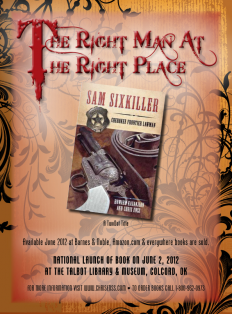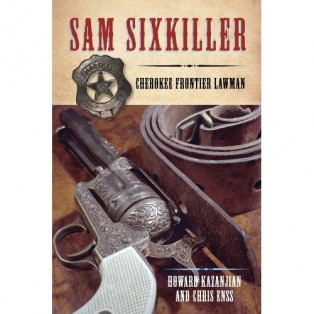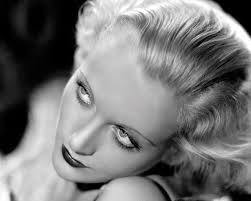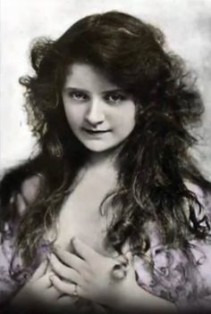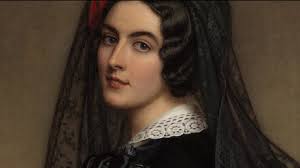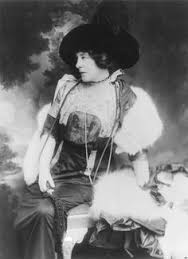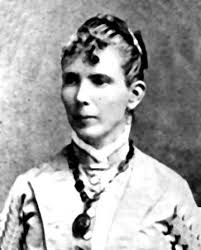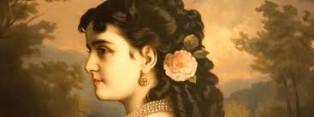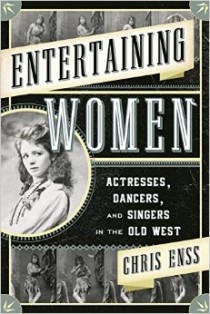Last chance to enter to win a copy of
Entertaining Women:
Actresses, Dancers, and Singers in the Old West
When movie star Carole Lombard died suddenly at the age of 33, some said it was the end of an era-not just of her hilarious brand of screwball comedies like My Man Godfrey and Twentieth Century but off-screen , too, where her raucous and profane wit made her one of the most fun people in Hollywood. She was the type of star little girls dreamed of becoming: not only was she beautiful and glamorous, she was also married to Clark Gable, creating one of the most sensational love matches in Hollywood’s golden days.
The pair were so well liked that it made perfect sense for them to be asked to headline the first war-bond drive after Pearl Harbor. The campaign would peak in Indianapolis, in Lombard’s home state, so she decided to go anyway after Gable declined and took along her mother instead. On one night, January 15, 1942, Lombard helped raised more than $2 million, four times what organizers hoped for. Afterward, Lombard was eager to get back to California, so she instructed her agent to book them on an airplane flight instead of the train. Lombard’s mother was most reluctant. She had never flown before and her numerologist had told her that January 16 was an unlucky day for flying.
Lombard flipped a coin, an after the star called tails and won, the two women and the press agent took off at 4 a.m., Friday, January 16, on a flight that included several stops and was to take seventeen hours. One stop Friday afternoon was in Albuquerque, New Mexico, where several military officers wanted to board and displace civilian passengers. Four passengers got off the plane, but Lombard, pointing out that she had just raised $2 million for the war effort, convinced the pilot to add three seats and let her and her companions continue the flight.
The plane made one last stop, in Las Vegas, to refuel, then took off at 7:07 p.m. headed for Los Angeles. About a half hour later workers at the Blue Diamond Mine south of Las Vegas reported seeing a bright flash atop a distant mountain and then heard an explosion. It seems the pilot, who had been reprimanded several times before for disobeying flight regulations, was flying off course over the mountains to try and make up for lost time from all the previous stops. The plane grazed a rocky projection than slammed into a wall of Table Rock Mountain near its peak at 8,000 feet.
It took rescue workers, led by a local 70-year-old Indian, almost a day to climb the steep cliffs and read the crash site, surrounded by snow several feet deep. There was no snow near the destroyed plan. Many of the nineteen passengers and three crew members, including Lombard, were so badly burned, they couldn’t be identified. It was several days before all the bodies could be removed from the mountains.
Gable, who had flown to the area and paced nervously until it was clear there were no survivors, soon afterward enlisted in the Army Air Force as a 41-year-old private.
To learn more about Carole Lombard’s and about the other talented performers of the Old West read
Entertaining Women: Actresses, Dancers, and Singers in the Old West.
